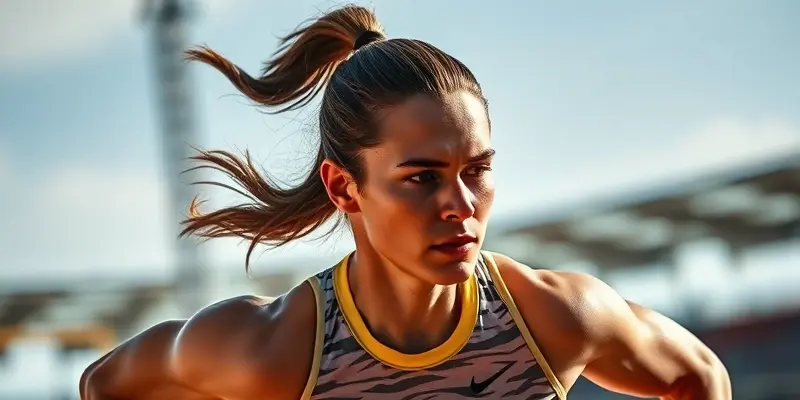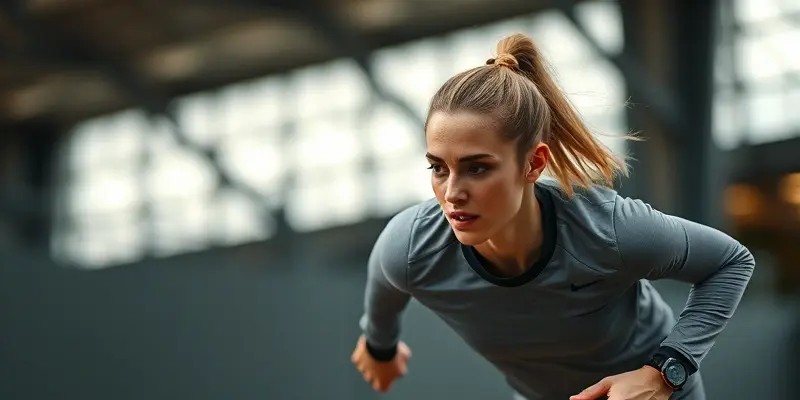Tall Athletes and Injury Recovery: Your Complete Guide to Staying Strong
When you’re taller than average, reaching high shelves comes easy—but in sports, your height can come with extra injury challenges. Whether you’re a seasoned athlete or just getting active, understanding how to prevent, recover from, and manage injuries is crucial for long-term performance. Let’s walk through practical, science-backed strategies tailored for tall athletes, so you can stay healthy and motivated both on and off the field.
Why Are Tall Athletes at Higher Injury Risk?
Long limbs, a higher center of gravity, and increased leverage on joints: These are hallmarks of a tall athlete’s physique. They also mean greater force travels through knees, ankles, and lower back during every jump, sprint, or change of direction. Common injuries include:
- Knee problems—like ACL tears, patellar tendinitis, and meniscus injuries
- Ankle sprains and strains
- Lower back pain and stress fractures
- Shoulder injuries (especially for basketball, volleyball, and swimmers)
Think of your body like a tall building. Bigger structures need a stronger foundation. For tall athletes, that foundation is muscular strength, flexibility, and proper technique.
Injury Prevention: Build a Strong Foundation
Strength Training and Balance
- Focus on knee stability and joint support: Exercises like lunges, squats, and hamstring curls should be staples.
- Don’t neglect opposing muscle groups. If you build up quads, train hamstrings too. Back and core strength will support your spine and improve posture.
Flexibility and Mobility
- Incorporate dynamic stretching pre-workout and choose mobility drills that target long muscle groups (e.g., hip flexors, calves).
- Regular flexibility work can reduce pulls and strains, and help maintain joint range of motion.
Technique and Equipment
- Prioritize proper form in every activity—especially lifts and jumping drills—to reduce strain on vulnerable joints.
- Choose footwear and protective gear designed for taller frames. Shoes with good arch support and ankle stability prevent many common injuries.
Gradual Progression
- Increase training intensity and load slowly. Too much, too soon is a major cause of overuse injuries, especially during growth spurts or new programs.
Recovery Roadmap: Heal Right and Return Stronger
Rest and Active Recovery
Rest is not wasted time! Muscles and tendons need time to repair. Listen to your body: If you feel pain, don’t push through it. Active recovery (walking, gentle cycling, stretching) keeps your body moving without overloading healing tissues.
Physical Therapy and Professional Support
At the first sign of dull or persistent pain, consult a sports physical therapist. Early rehab, personalized for tall athletes, can address imbalances before they turn into bigger problems.
Monitor Your Progress
Track pain, swelling, and function. If pain moves or lingers, don’t ignore it—most stress fractures and major injuries start small but worsen when overlooked. For a detailed approach, check out our injury recovery checklist to guide you through effective healing.
Nutrition for Healing: Fuel Your Comeback
- Protein: Critical for muscle repair. Aim for lean meats, dairy, beans, or protein shakes post-workout.
- Calcium and Vitamin D: Support bone health. Dairy, leafy greens, and sunlight all help. Learn more about the importance of calcium for bone strength.
- Antioxidants: Berries, nuts, and colorful veggies reduce inflammation. Discover the role of antioxidants in sports nutrition for injury prevention.
- Hydration: Water supports joint cushioning and overall recovery. If you’re sweating a lot, consider electrolytes too.
Think of your diet as the repair crew for your athletic “skyscraper”—the better their supplies, the faster and stronger the rebuild.
Tools and Gadgets: Modern Recovery at Home
- Foam Rollers & Massage Guns: Break up knots, increase blood flow, and speed up recovery after tough sessions.
- Compression Garments: Especially useful for those with long legs/arms, these improve circulation and reduce post-game swelling.
- Cold/Heat Therapy: Ice packs for swelling; heat wraps for tightness and stiffness.
Staying Motivated: The Mind Matters
Set Realistic Goals
Returning from injury can be frustrating. Break recovery into small milestones—and celebrate each win.
Visualize Success
Athletes who mentally rehearse successful movement recover more quickly and feel more confident on their return. Learn more about the power of visualization for healing.
Lean on Support Networks
Reach out to teammates, trainers, or the Gympulse community for accountability and encouragement. You’re not alone!
Final Thoughts: Play Smart, Recover Smarter
Tall athletes face unique challenges—but with the right strategies, you’ll be back in action, stronger than ever. Prioritize prevention, don’t rush recovery, fuel your body well, and listen to both your body and mind.
For more tips, training programs, or to share your story, explore Gympulse Club resources or connect with our expert team. Stay strong, stay motivated, and keep reaching new heights—literally!
Written by the Gympulse lead content writer, drawing on over a decade of sports health expertise. Have experience or questions? Drop them in the comments below. Let’s build a stronger, healthier community together!

